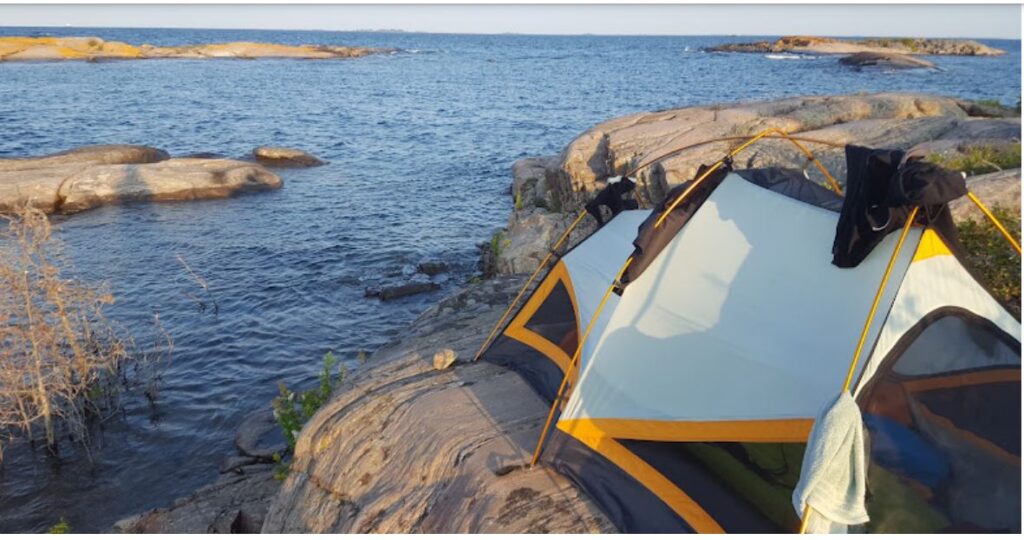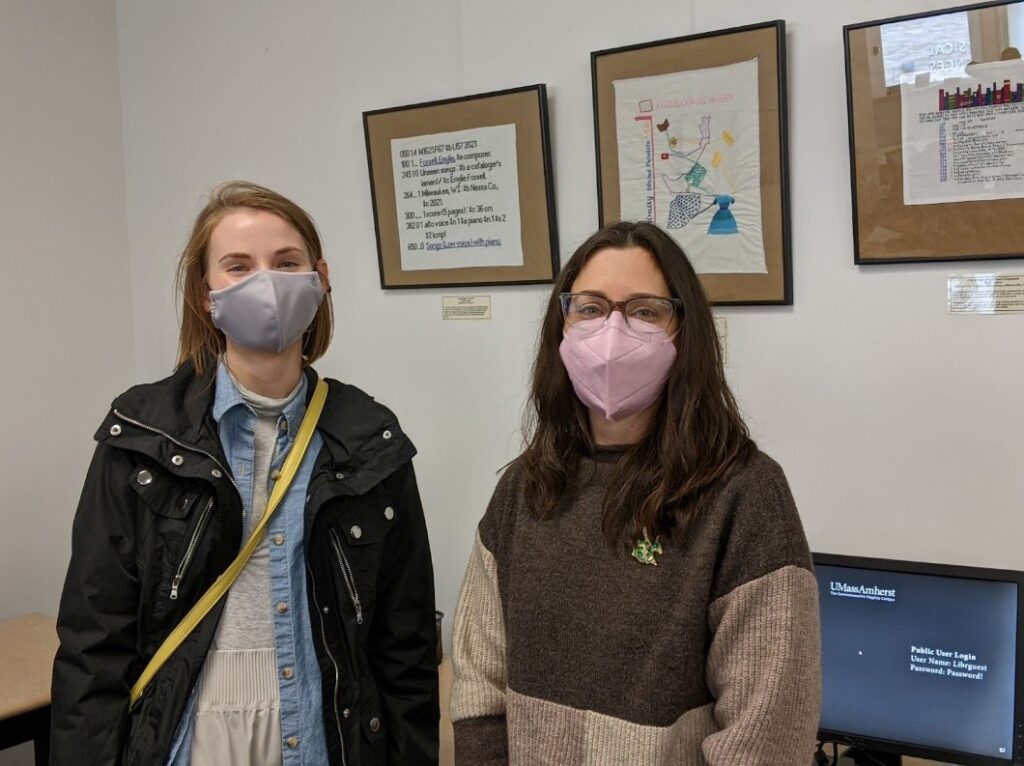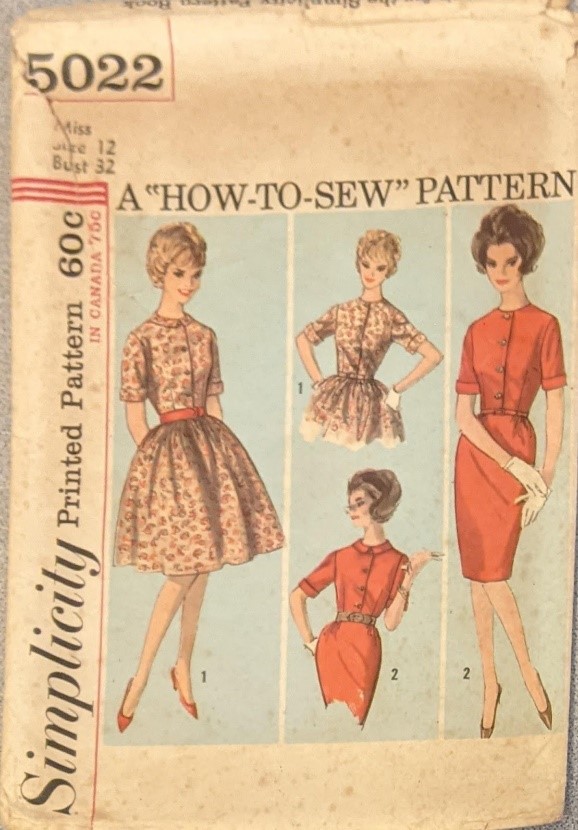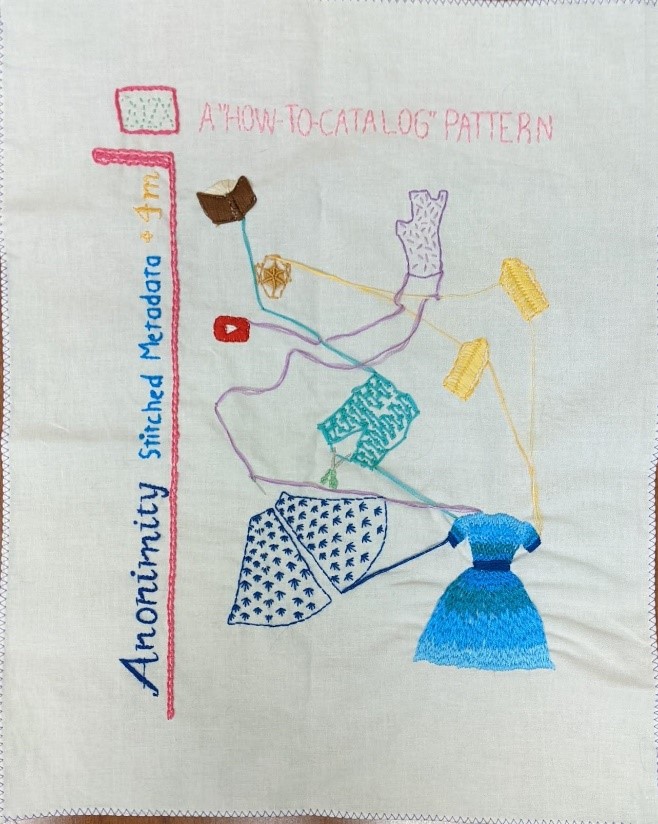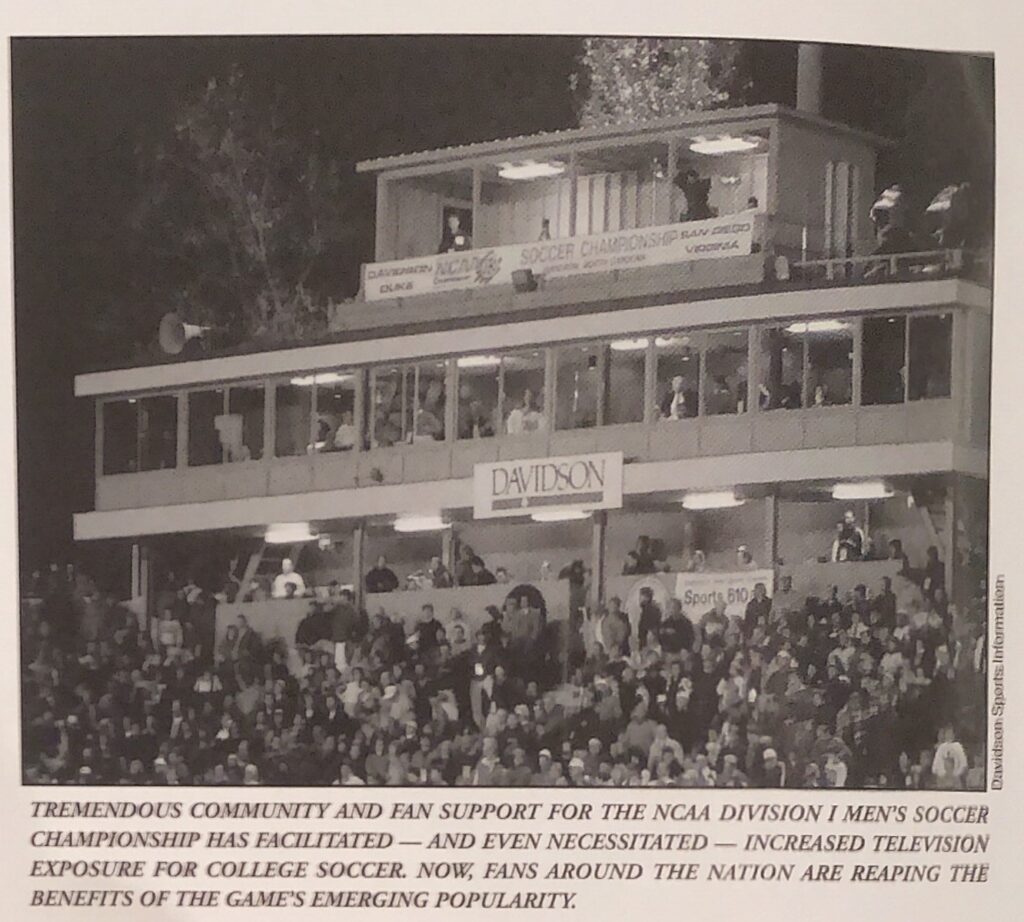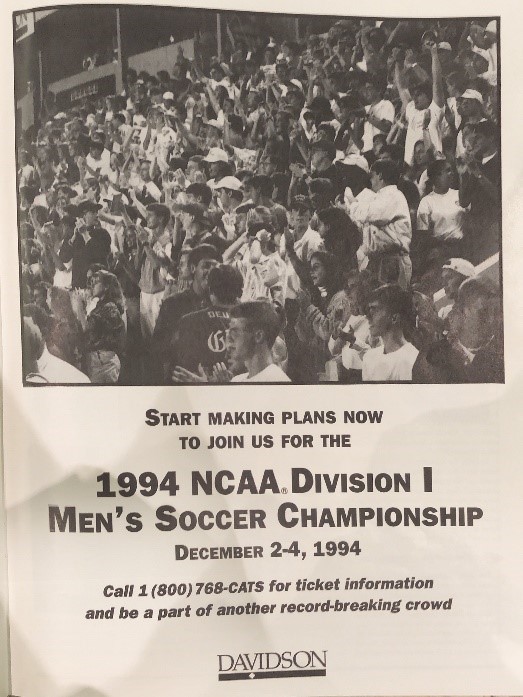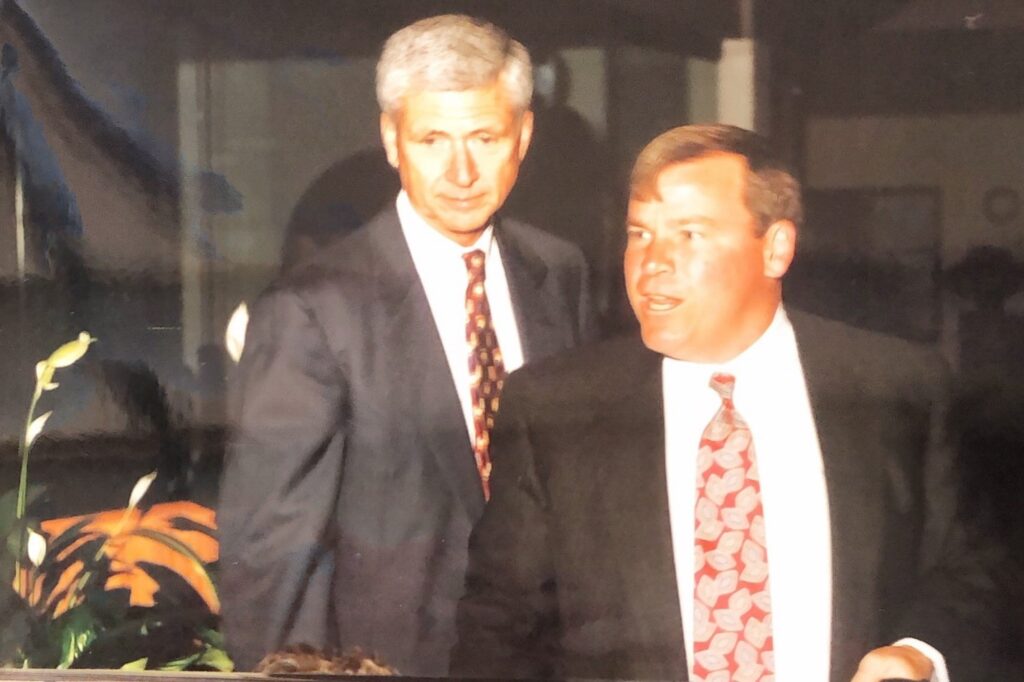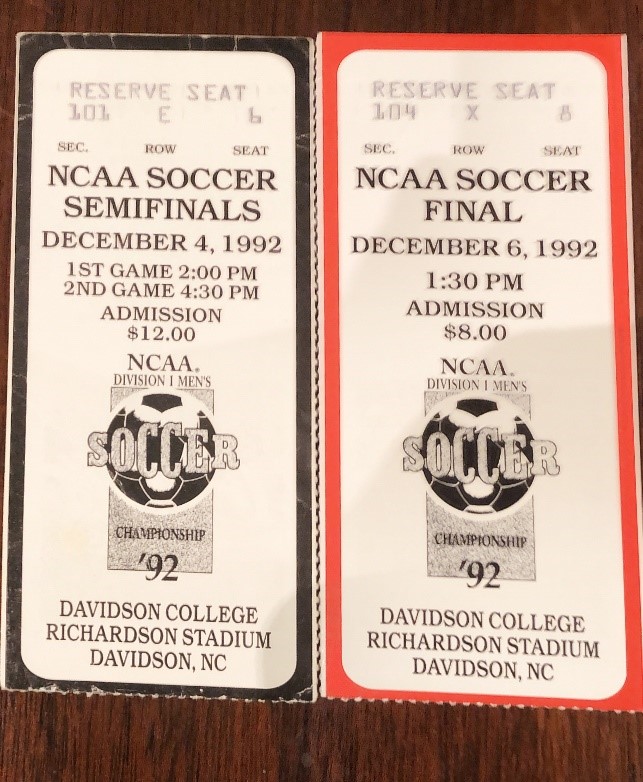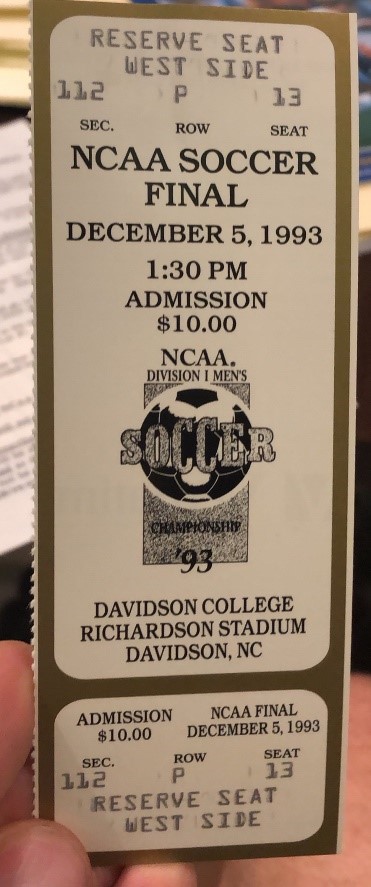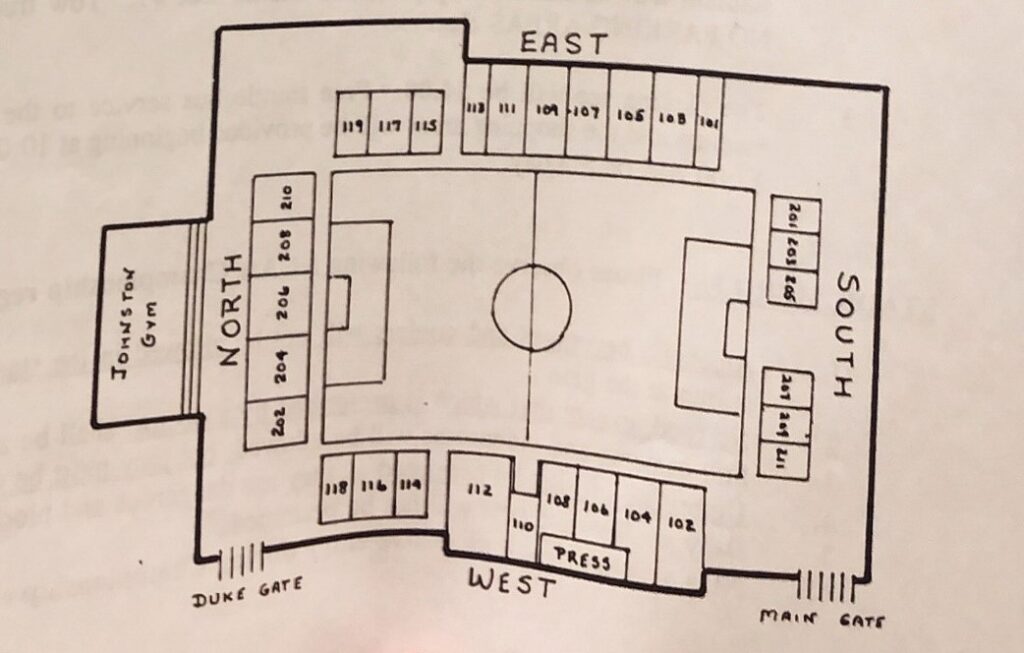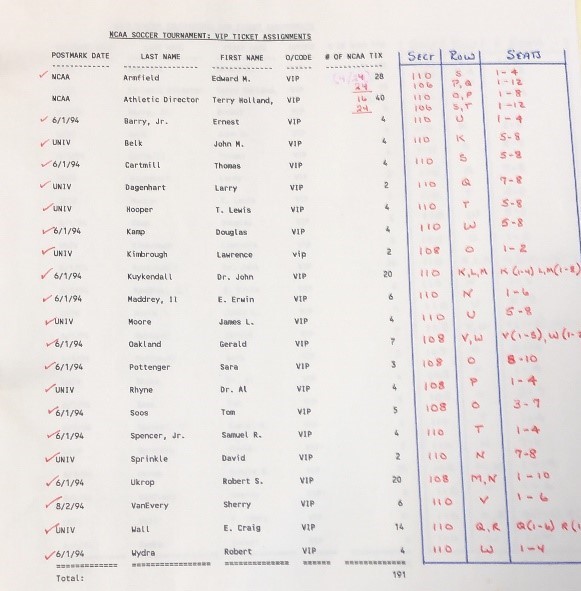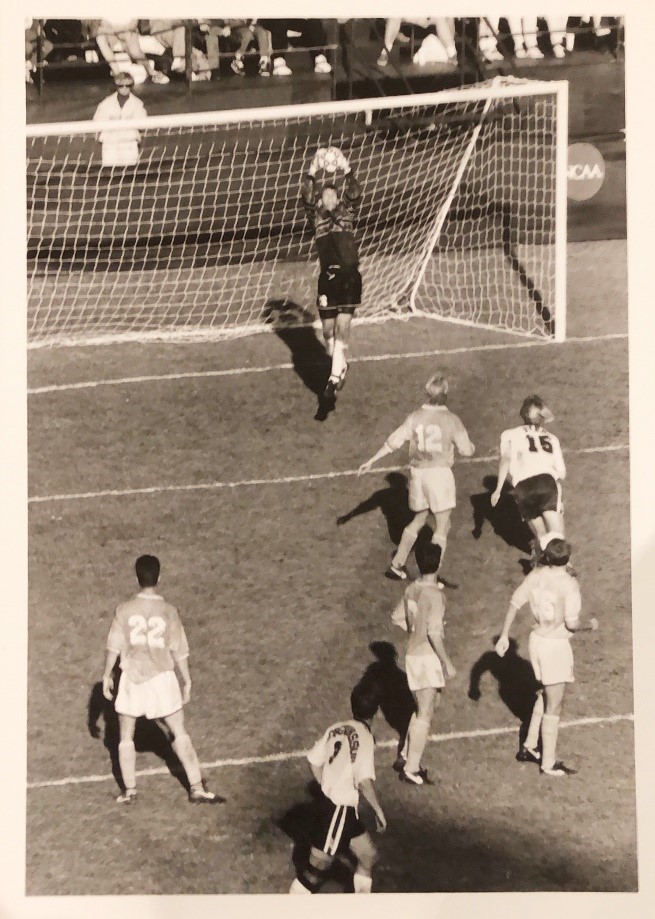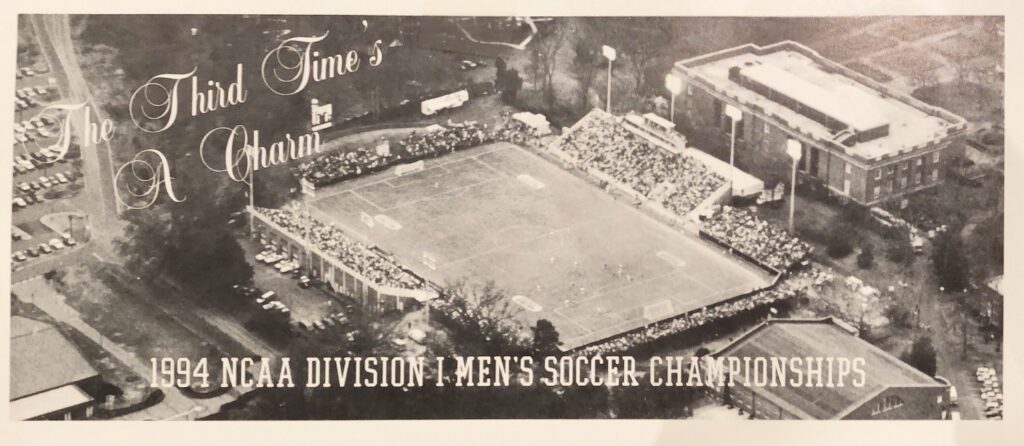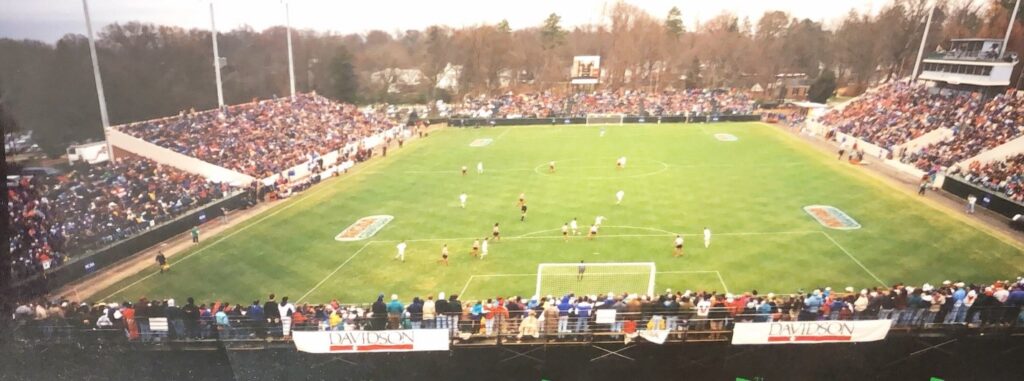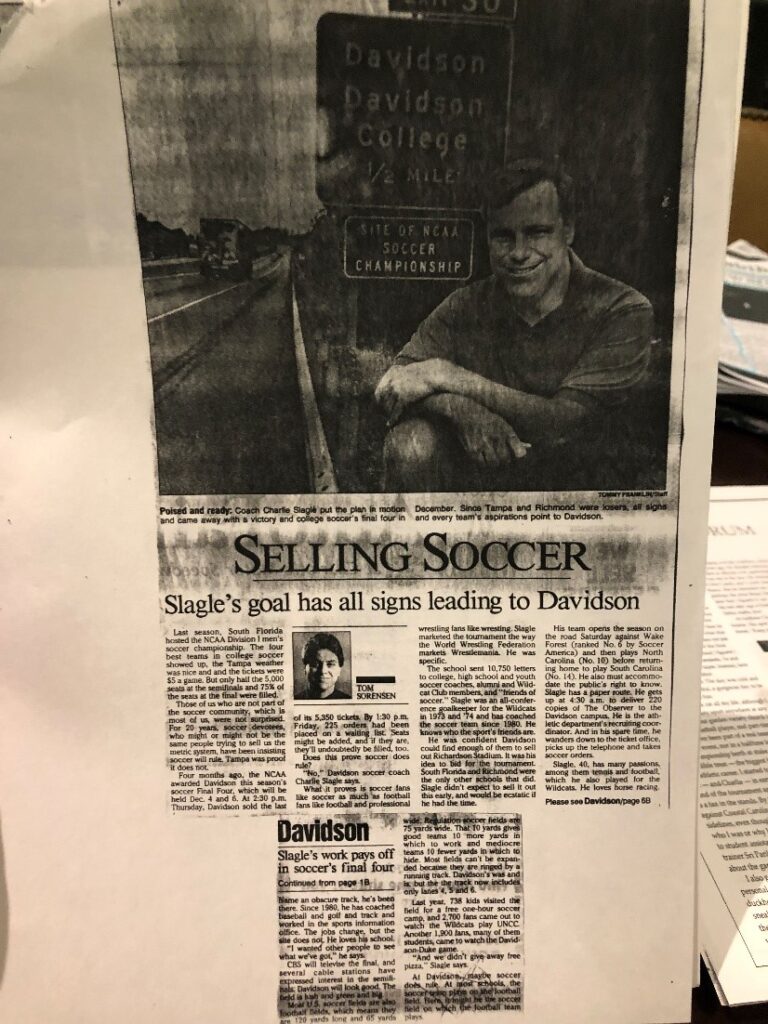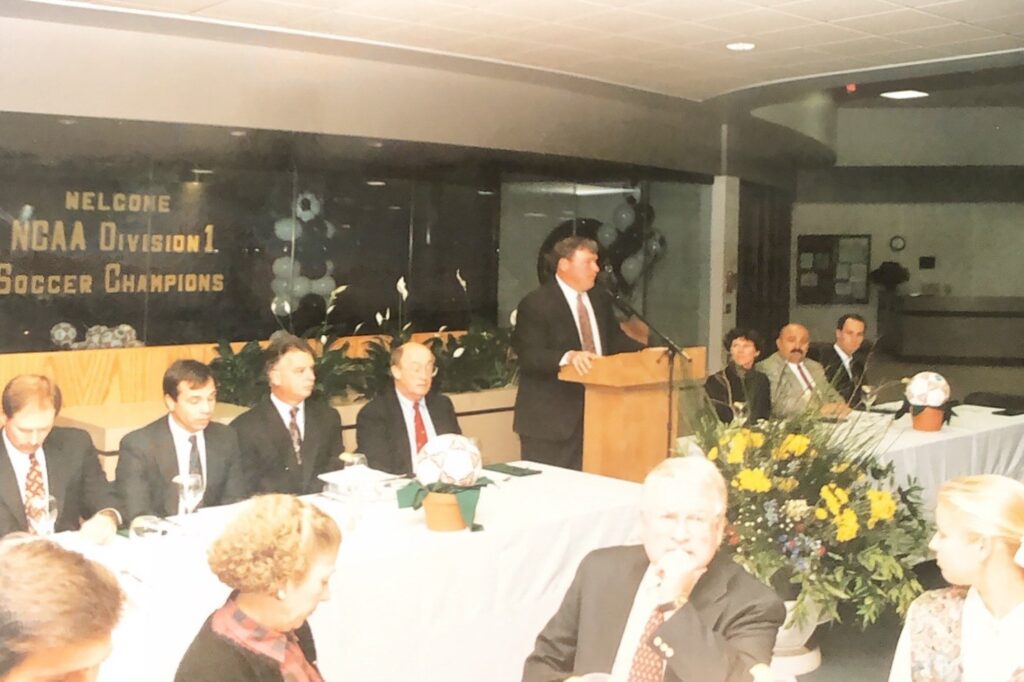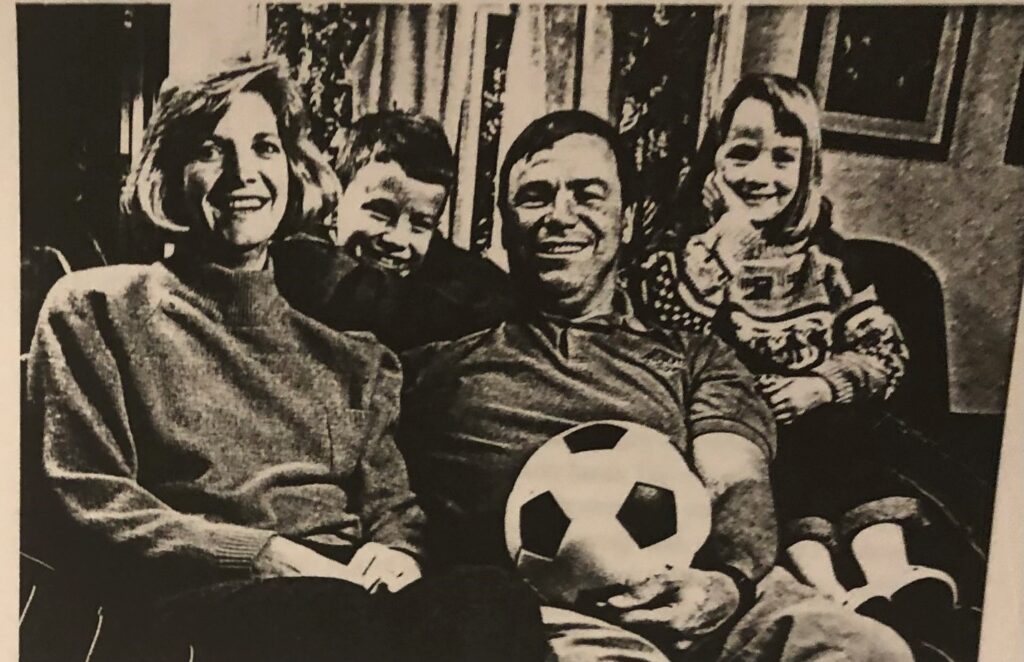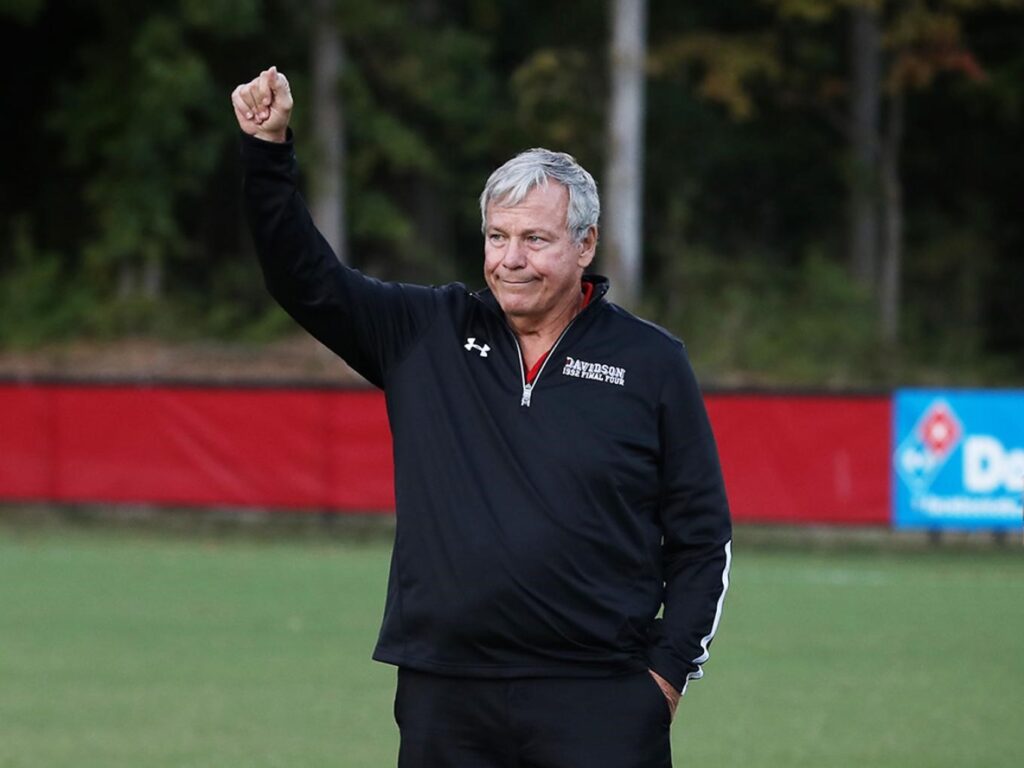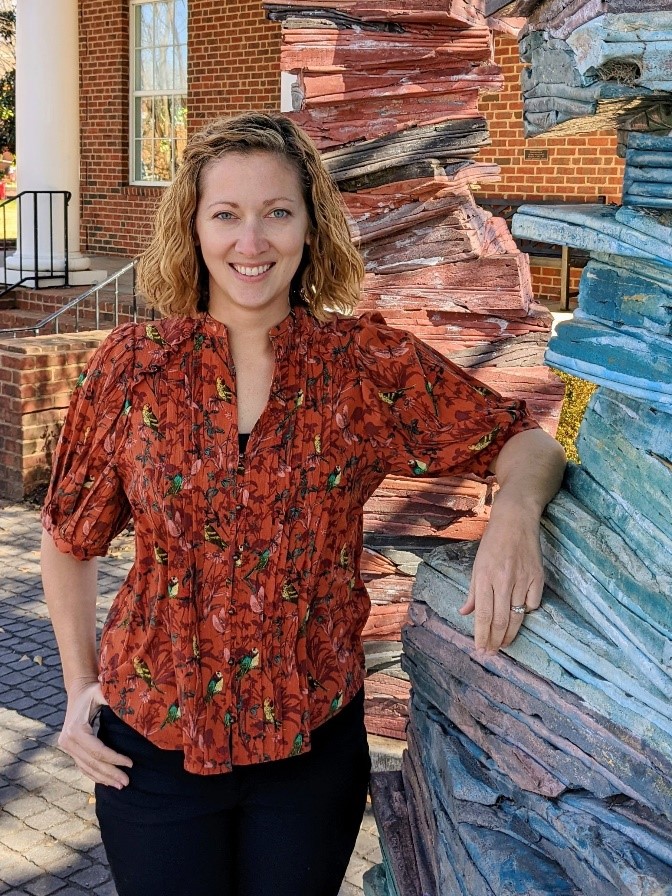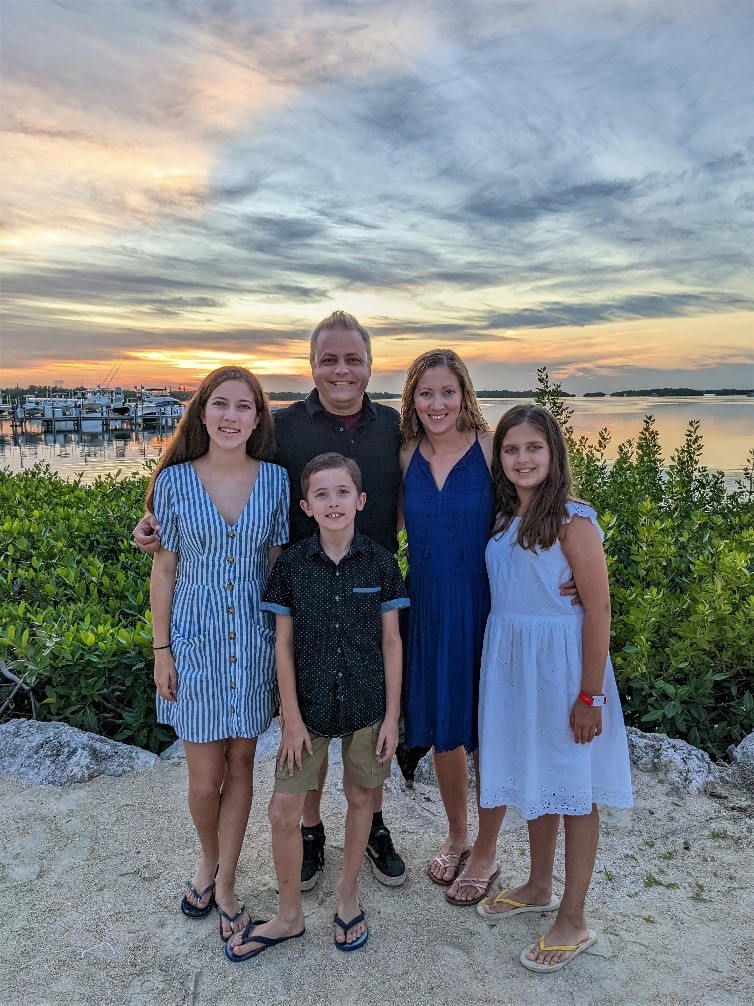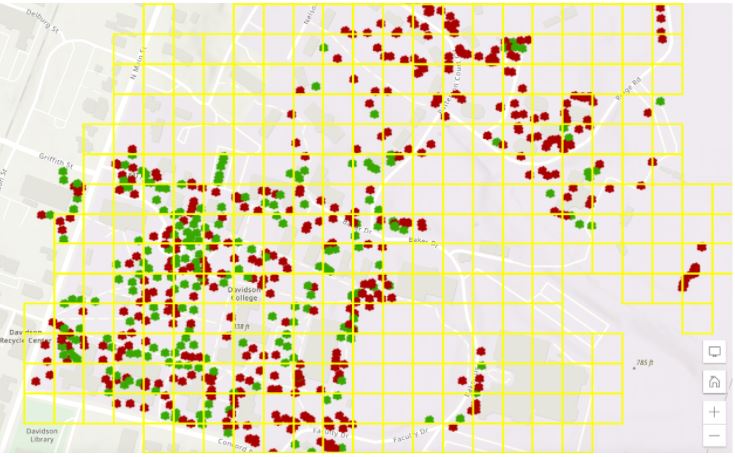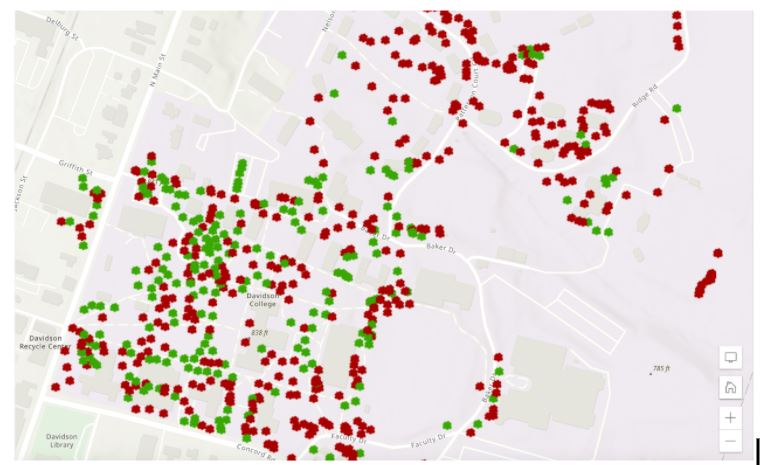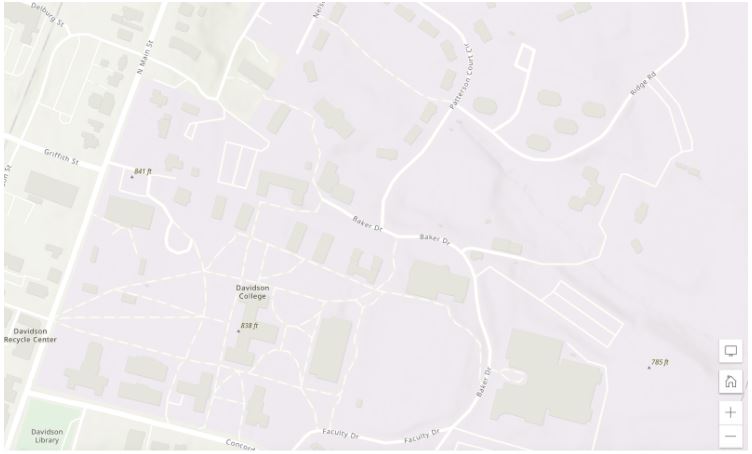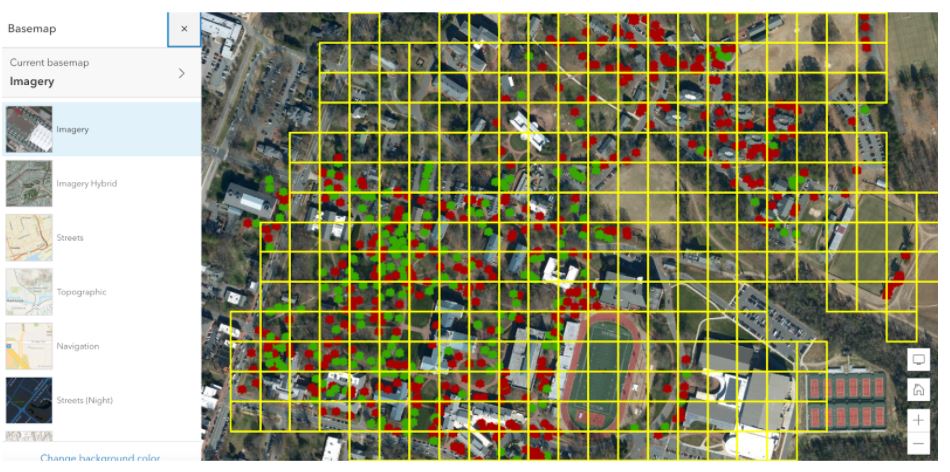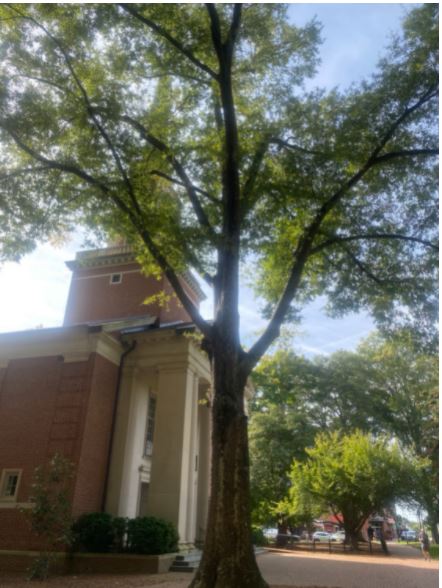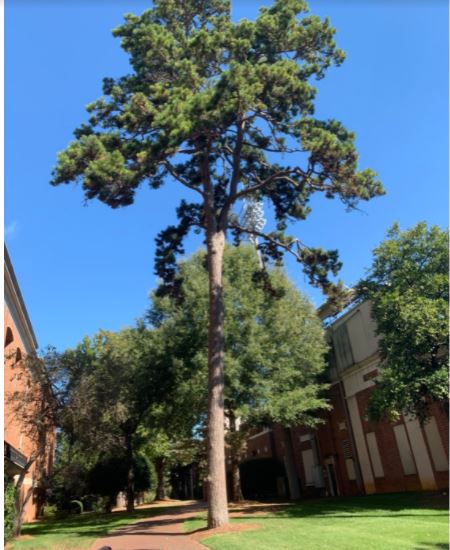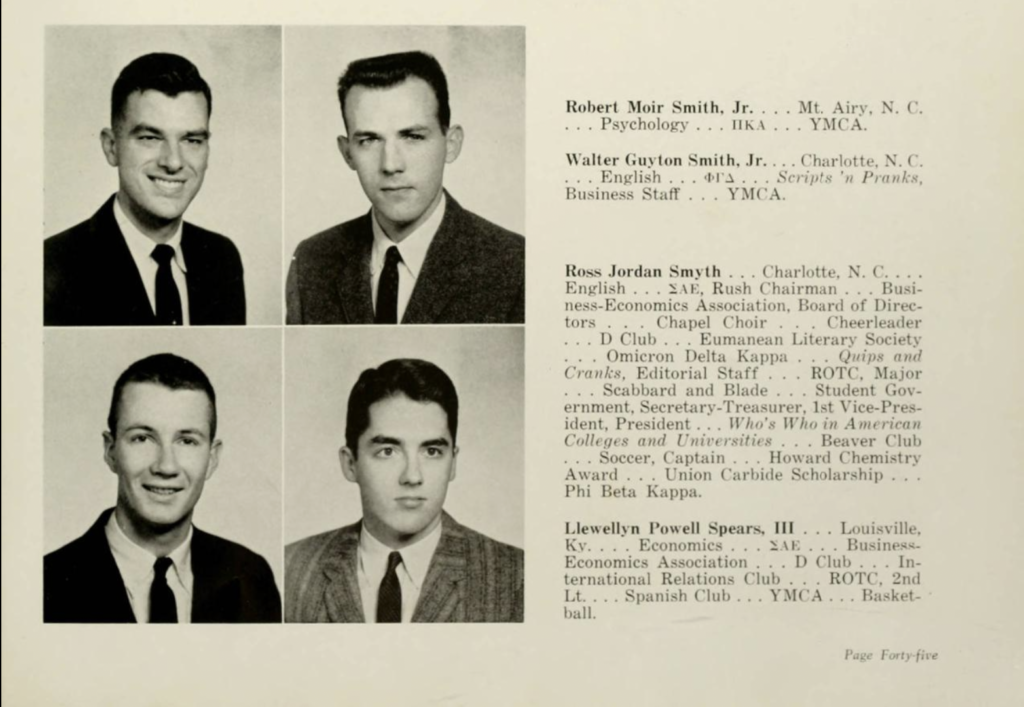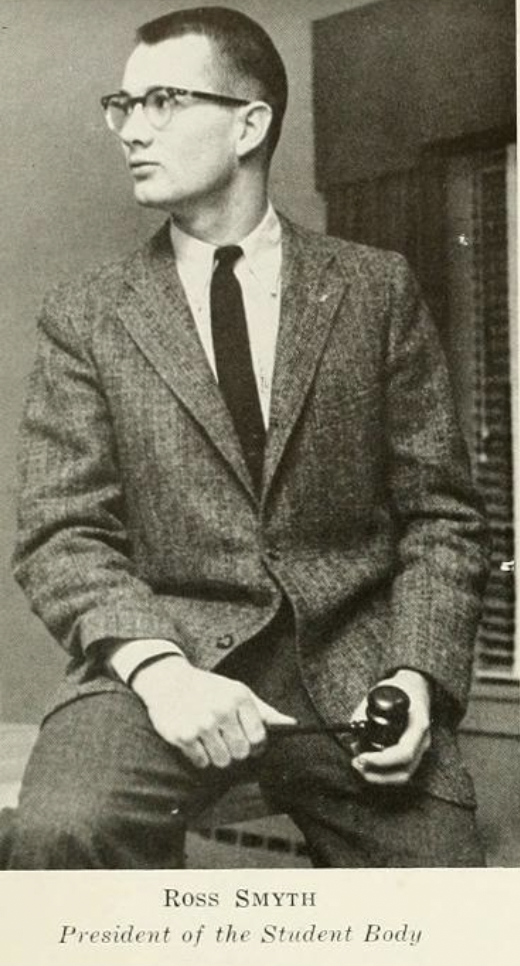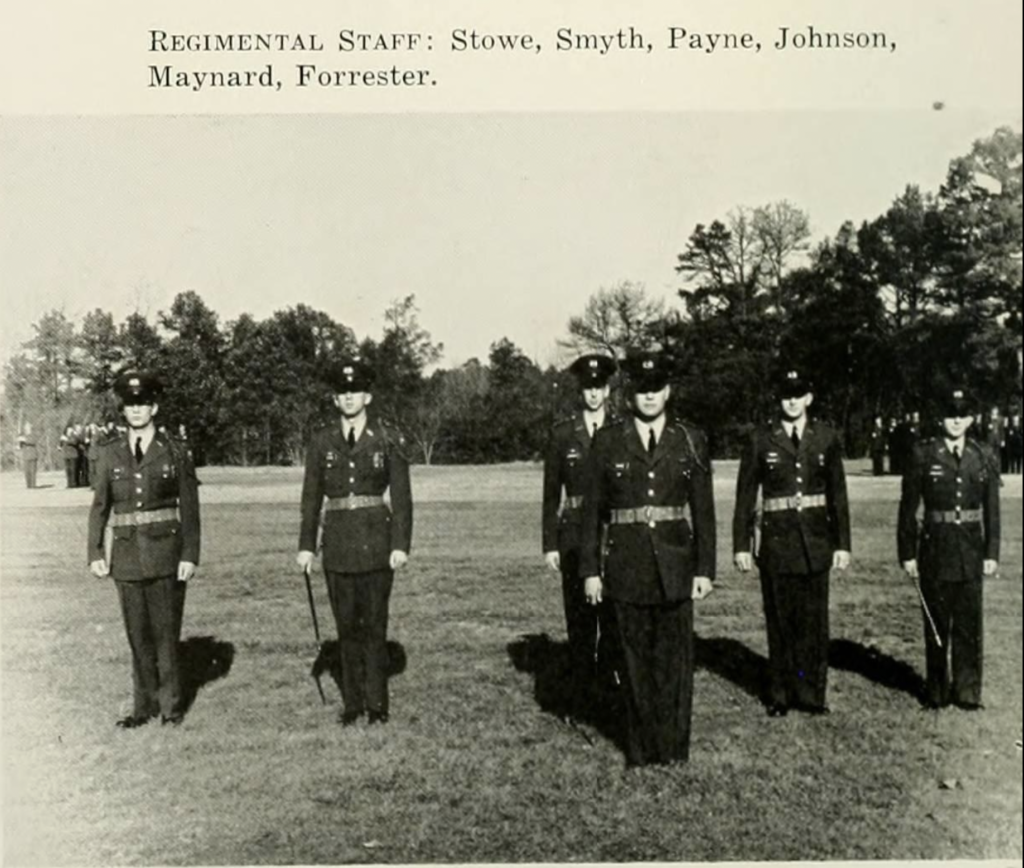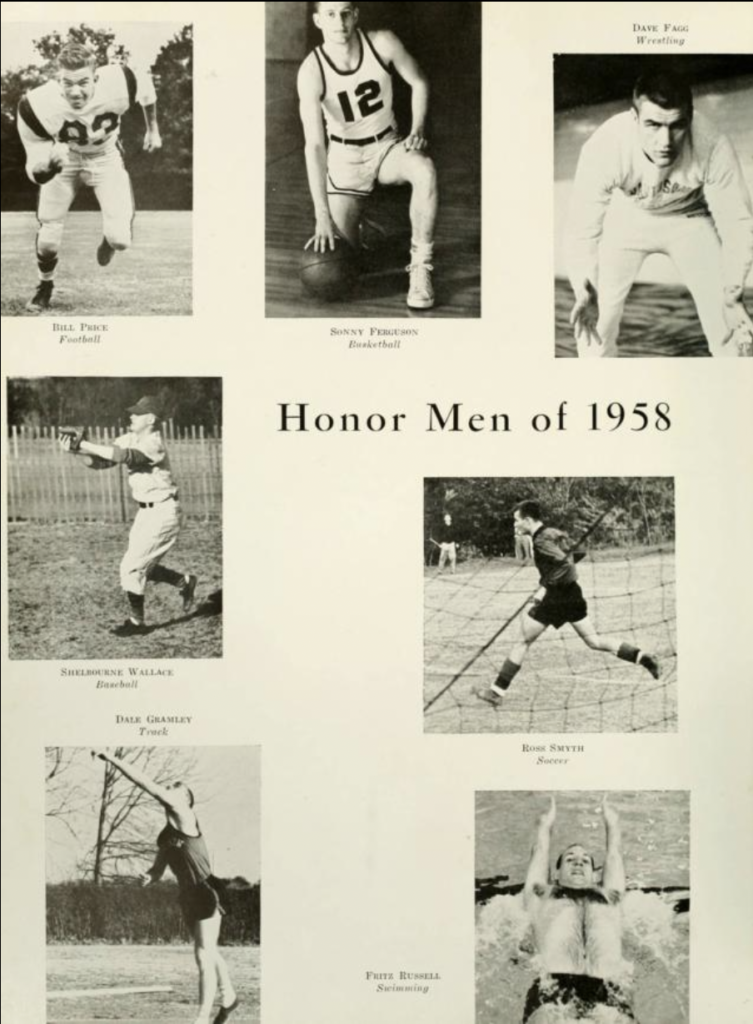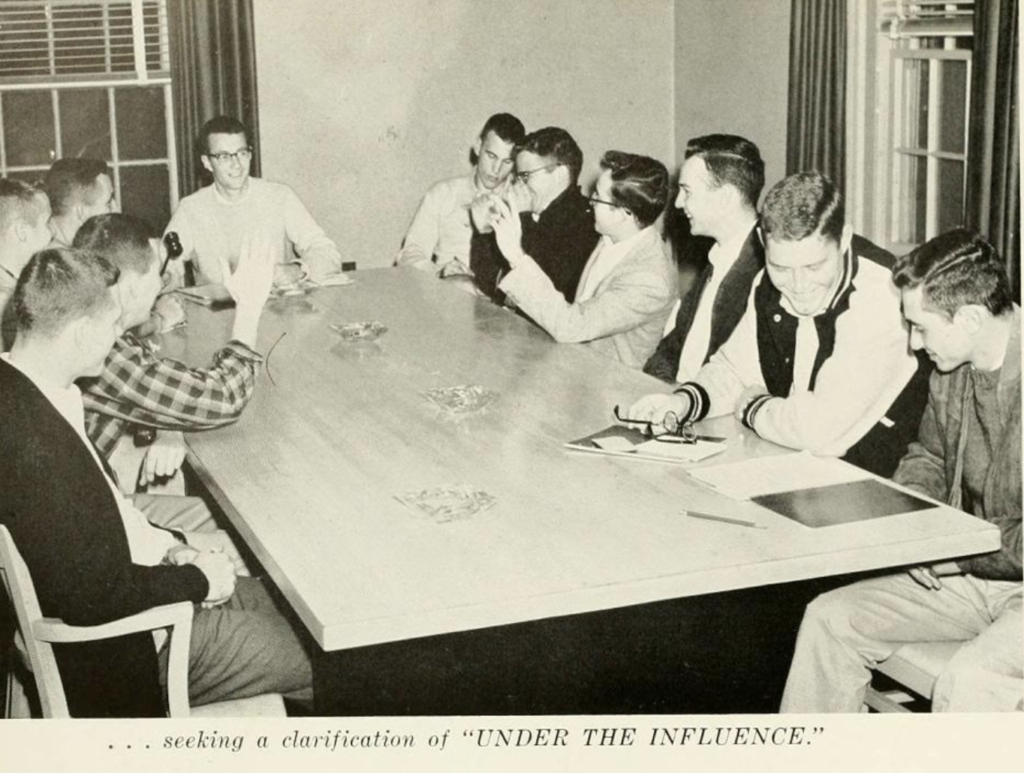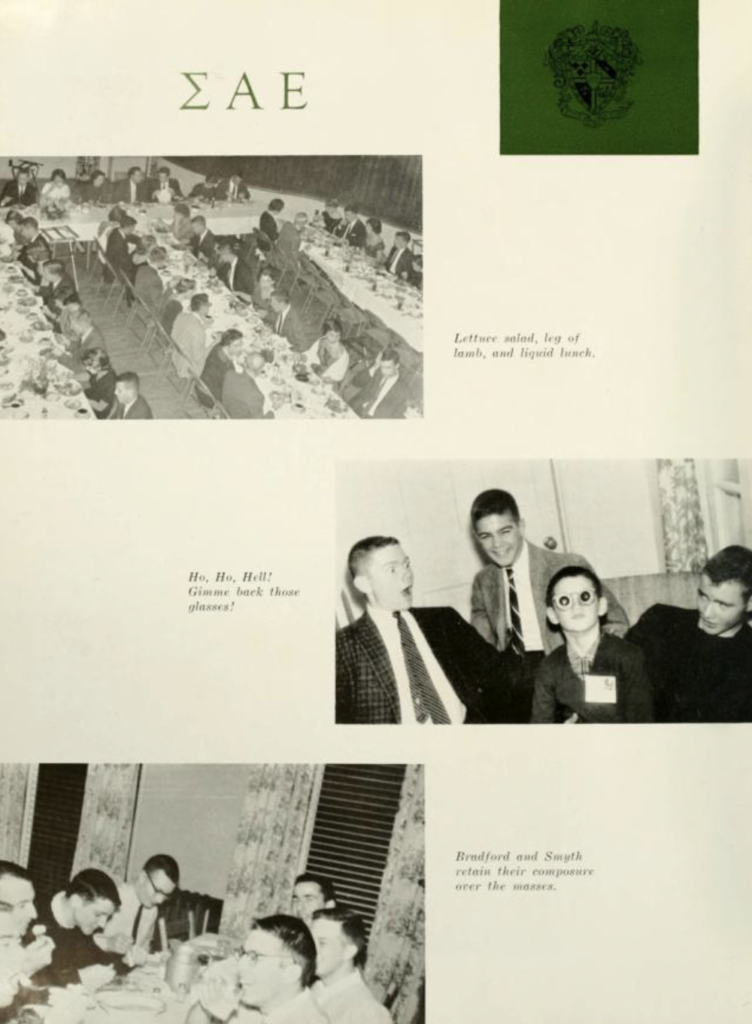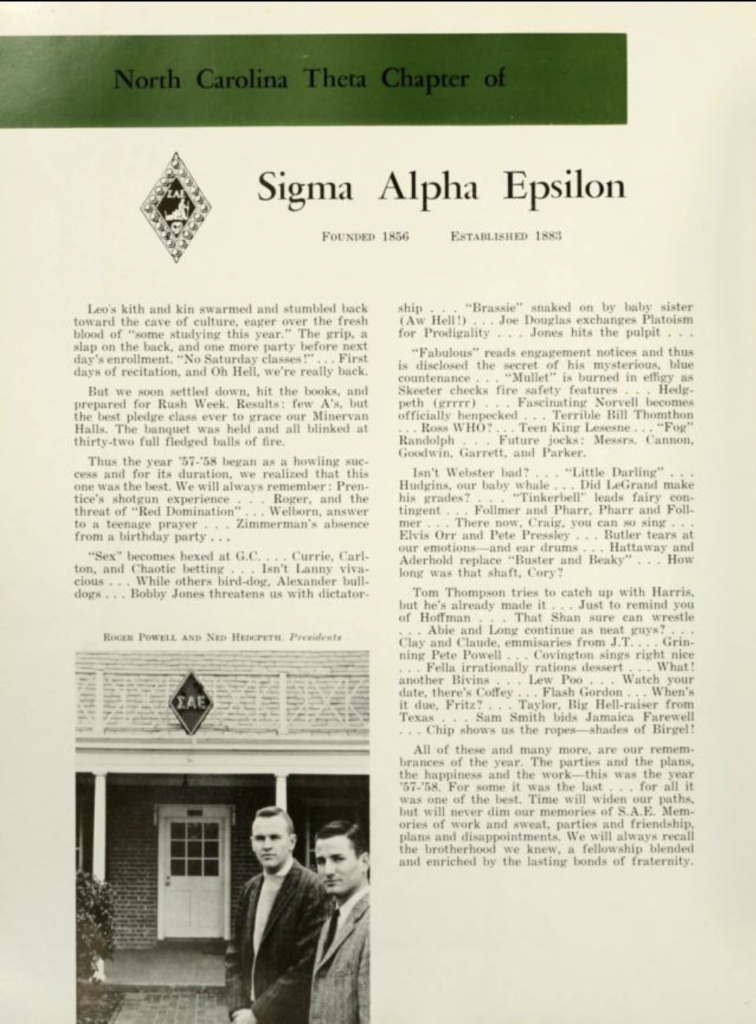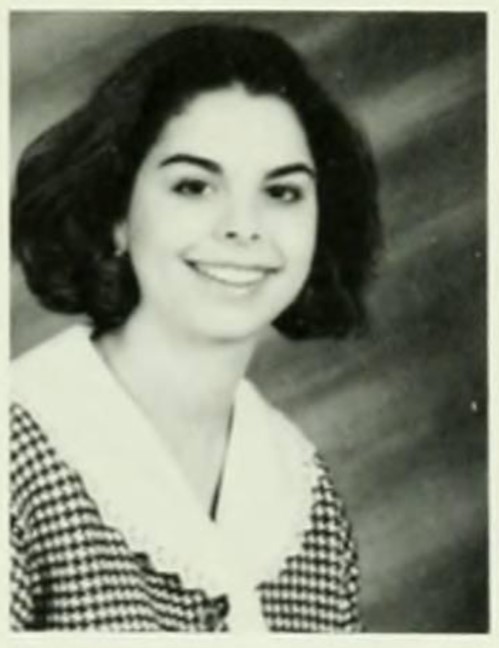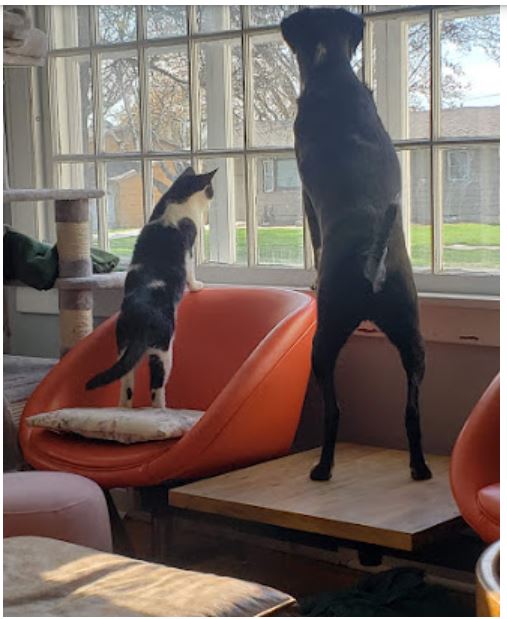
1. You’re just beginning to get to know the E.H. Little Library –what’s your
background and how has it contributed to your work in the library?
I’m originally from Ohio, where I received a BA in English from Ohio University and
MLIS (Master of Library and Information Science) from Kent State University. I have
spent my career working in small academic libraries at liberal arts institutions; I love
working on smaller campuses where I can build relationships with students and
faculty and get involved in campus life. In addition to providing instruction,
reference, and collection development services in libraries, my duties have also
included being the university webmaster and college Moodle administrator. I enjoy
learning new skills and learning about new systems and software, and each of my
previous positions has allowed me to learn about something new that can help me
support library users, whether that is coding or learning theory or social media
content curation. I enjoy being a generalist and working across the curriculum and
the campus to improve learning, services, or whatever else.
2. What about the position of Instructional Designer interested you?
I chose to work in small liberal arts colleges because I enjoy having the opportunity
to do lots of different things in my job. During the pandemic, I spent a lot of time
supporting faculty who were teaching with Moodle, and I was interested in moving
more fully into the instructional design space. This position is perfect for me; it
allows me to do that without losing my connection to librarianship.
3. Are there any projects you’re particularly passionate about introducing to
Davidson?
I’m excited to start working to support OER on campus. I was thrilled to find a
position that would allow me to help faculty build courses around content that is
free, whether open textbooks or library resources. I’m also really looking forward to
working the Research, Learning, and Outreach team on instruction design
4. You haven’t been here long yet, but what has been your most memorable or
surprising experience at Davidson thus far?
Definitely being serenaded by members of the library at the end of my first day (to
the tune of Hello, Dolly). It was so fun and welcoming and a great way to start my
career at E.H. Little Library.
5. What are three things you want Davidson’s community to know about you?
I’ve lived and worked in higher education in both Ohio and Iowa, and they are two
very different states!
Although I’ve never lived in North Carolina, I had ancestors who did, although most
of them moved to other states by 1800. I’m planning to visit some places to do
some more intensive genealogical work. If you have recommendations, I’d love to
hear them!
I’ve spent most of my weekends so far visiting dog parks or the lake. If you ever
want to set up a doggy play date or take a kayaking trip, feel free to reach out! I
haven’t been stand-up paddleboarding yet, but it’s one of my goals for the summer.
